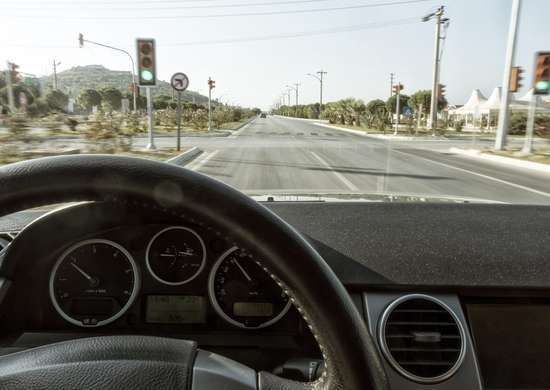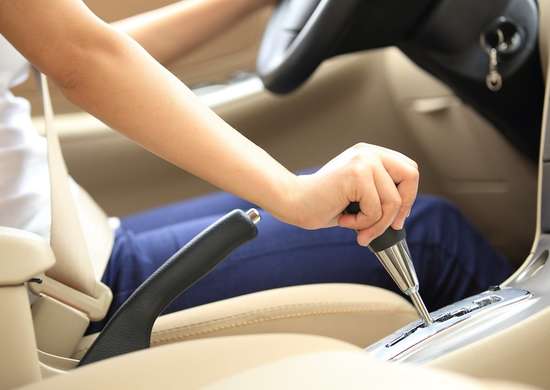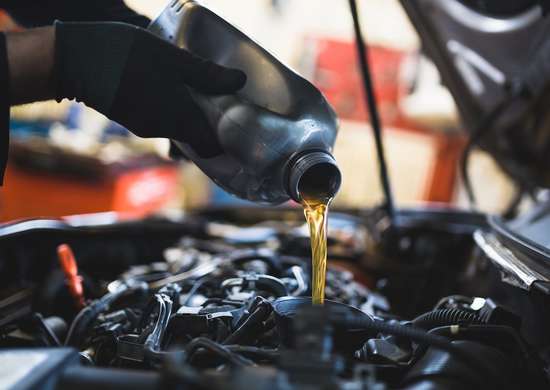12 Tricks to Getting the Best Gas Mileage
Americans may think they know all there is to know about cars—after all, the automobile is deeply ingrained in our culture—but when it comes to conserving fuel, money, and air quality, we could learn a lot from Europeans. In Sweden, for instance, the law requires drivers to learn fuel-saving “eco-driving” before they can obtain a driver’s license. Officials there say eco-driving techniques—including coasting, putting the car into the right gear, and braking slowly—are reducing the country’s total fuel consumption by 10 to 20 percent. Want to know more about these money-saving tricks? Read on to learn more ways that you can improve gas mileage.
Photo: istockphoto.com
Cruising and Coasting 1/12
Remember those iconic 1950s photos of cars slowly cruisin’ the strip? That go-slow approach to driving can help save a lot of gas. Whenever possible, look ahead and anticipate red lights, taking your foot off the gas half a block before a stop. Avoid hard braking, which according to some estimates can increase fuel consumption by as much as 40 percent.

Photo: istockphoto.com
Easy Does It 2/12
Avoid sudden, sharp starts when accelerating from zero at a stop sign or light. According to some automobile industry estimates, up to 50 percent of your car’s energy is used in acceleration. Press on the pedal gradually and smoothly to use less gas.

Photo: istockphoto.com
Top Gear 3/12
Try to run your car in the appropriate gear at all times and get into the top gear as soon as possible. Driving in a low gear wastes fuel; downshift only when approaching a corner or driving on a hill.

Photo: istockphoto.com
Use Cruise Control Wisely 4/12
Cruise control can assist your quest for better mileage, but only when used properly. DMV.org advises, “Employ cruise control on extended flat stretches of highway, but deactivate on hills. Cruise control loses momentum on the ascent, and chugs gas on the descent.”

Photo: istockphoto.com
Close That Window 5/12
It may seem counterintuitive, but when you’re driving at highway speeds, it is more efficient to use air conditioning than to open the windows because wind drag decreases fuel efficiency. For the same reason, avoid opening the sunroof, which will disrupt airflow and increase wind drag. Feel free, however, to tool around town with the windows down. At low speeds running the air conditioner would use more fuel than would be lost to the small amount of aerodynamic drag.

Photo: istockphoto.com
Shut It Down 6/12
Parking for a few minutes? Turn off that engine! Idling can use as much as half a gallon of fuel per hour. According to the Department of Energy, idling by personal vehicles wastes about 3 billion gallons of fuel annually. Eliminating unnecessary idling in personal vehicles could result in fuel savings and emissions reductions equivalent to taking 5 million vehicles off the roads.

Photo: istockphoto.com
Don’t Keep Junk in the Trunk 7/12
Cleaning out your car will not only make you feel better, it will improve your gas mileage. According to automobile industry estimates, for every 100 pounds of stuff you remove from the trunk, you can expect to improve your gas mileage by 1 to 2 percent.

Photo: istockphoto.com
Streamline, Streamline, Streamline 8/12
Avoid installing roof racks, cargo carriers, bike racks, antenna flags, decorations, or anything else that could increase wind resistance on your car. According to industry estimates, a roof-mounted cargo box can reduce fuel efficiency by up to 25 percent at highway speed. A rear-mounted cargo box is substantially more efficient but still reduces efficiency by up to 5 percent at highway speeds.

Photo: istockphoto.com
Check Those Tires 9/12
Under- and overinflated tires can wreak havoc on your gas mileage as well as shorten the life span of the treads. Indeed, underinflated tires can increase your car’s fuel consumption by up to 6 percent. Check your manual to learn the correct pressure for your car’s tires, and test the pressure once a month with a tire gauge. According to the Energy Information Administration, if all drivers maintained proper tire pressure, the U.S. could save approximately 800,000 barrels of oil a day. When the time comes to replace your tires, consider newer models, called “low-rolling resistance” tires, to improve efficiency.

Photo: istockphoto.com
Maintenance Musts 10/12
Make sure your monthly to-do list includes giving your car some TLC. Simple vehicle maintenance could increase your car’s fuel efficiency by as much as 30 percent. Regular maintenance includes changing the oil every 3,000 to 5,000 miles, replacing air filters, using a fuel with the right octane rating to ensure best performance, getting routine tune-ups, and tightening your gas cap until you hear the final “click” so you don’t lose gas to evaporation.

Photo: istockphoto.com
Leave Your Car at Home 11/12
Walk, jog, ride a bike, take public transportation, or carpool with a neighbor to save big bucks on gas. Your car will last longer, and the regular exercise will help get you healthier.







